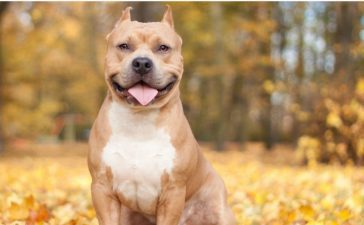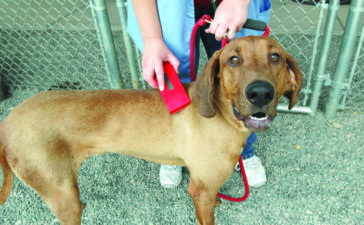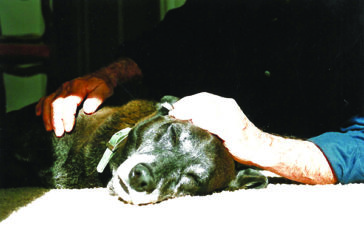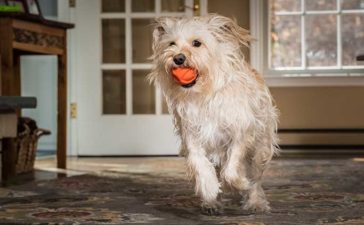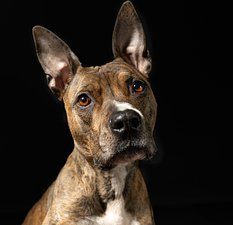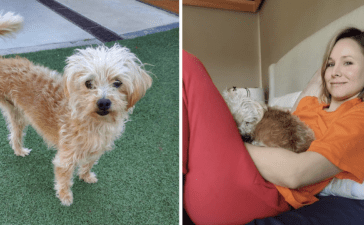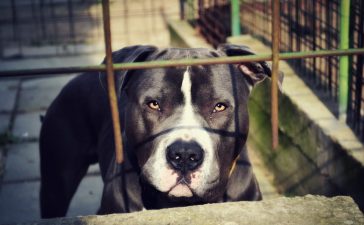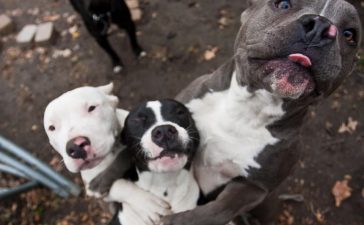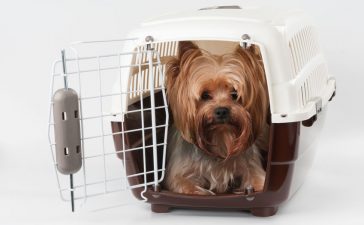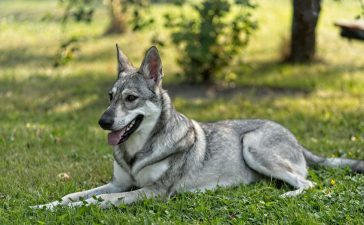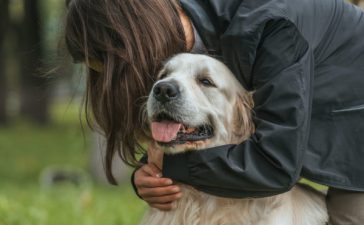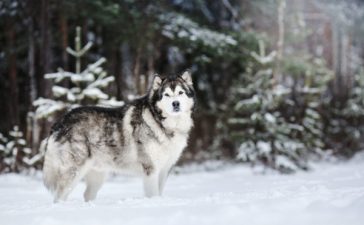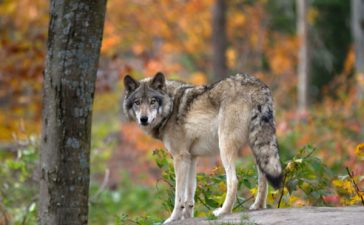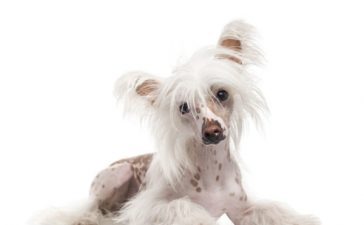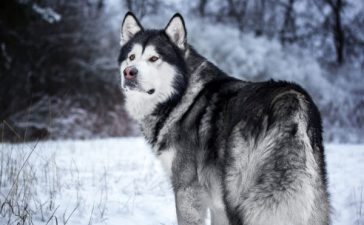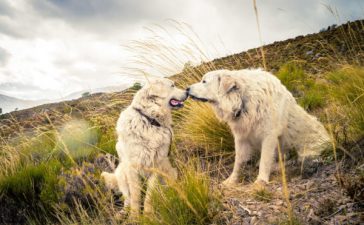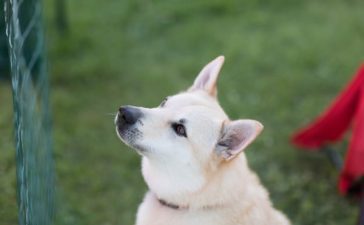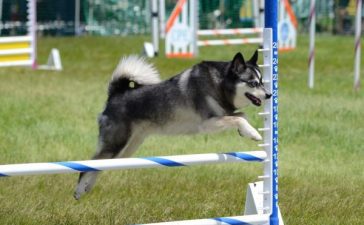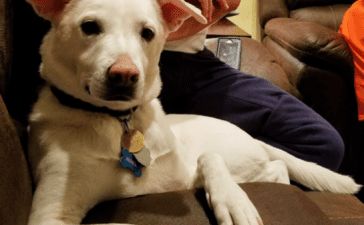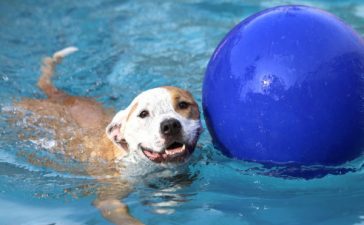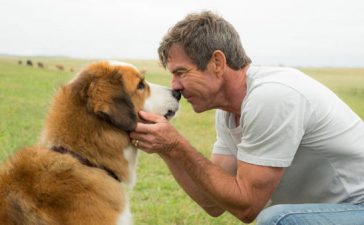Every kid should grow up with a dog ― or at least a pet in general. They offer affection, care, and a sense of stability and responsibility, all of which are invaluable when you’re young. Or any age, actually. But while all dogs have big hearts and lots of love to give, not all are suited for children, sometimes due to temperament, and sometimes due to size. When it comes to being kid-friendly, though, there are certain breeds to keep an eye out for.
A bit delicate
The most important trait of a kid-friendly dog is patience; kids can be rambunctious, loud, might not know their own strength, may poke and prod and pull on ears. Not all dogs are cut out for this, and they might not be able to tell that a child generally doesn’t mean any harm. That said, it’s important to know that the dog can at least physically withstand it, without issue. Many small breeds are great for kids, but their size can lead them to being accidentally dropped or injured by those little humans that lack the coordination and risk-assessment of adults. Breeds that run such a risk include the Maltese, the Yorkshire Terrier, the Papillon ― lapdogs, basically. They have wonderful temperaments, and their size isn’t so much the issue, as their delicate bone structure and slight build. Good thing, then, that not all small, friendly dogs are lapdogs.
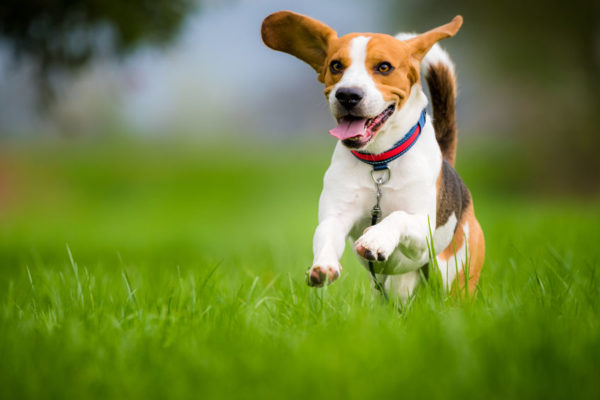
Small but sturdy
Near the top of the list for kid-friendly small dogs, you’ll often find the Beagle. It’s no wonder, given the perfect package of size and friendliness, but the Beagle is also quite sturdy for its size. It’s a hound breed, intended for hunting, and therefore has muscle and energy to not only keep up with playtime, but to easily handle it when kids play a little too rough. They’re generally calm and obedient, as long as you make sure to keep up the training and exercise properly ― scent dogs are easily distracted by smells, and may not always want to pay attention to what you have to say.
The Cocker Spaniel is another popular breed, originally a bird dog. Whether it’s the English or the American variety, the Cocker Spaniel is small enough to not accidentally knock over a toddler, but still sturdy enough to hold their own. They have an even temperament, too, and are generally loving, affectionate, and gentle. It’s hard to find a bad thing to say about Spaniel breeds in general, and there’s no question why they’re consistently some of the most popular small breeds for kids and families, all over the world. There’s also the English Bulldog, the Bullterrier, and the Basset Hound ― all great, kid-friendly options.
A good, huggable size
There’s nothing that says that size is all that matters, when it comes to kid-friendly dog breeds. A Jack Russell, for instance, may be small and sturdy, but might be a little too intense for small children. As well, there are some bigger breeds that are incredibly calm and gentle, in spite of their size.
More average-sized ― and more popular ― breeds suitable for kids tend to top the lists. The Labrador Retriever is perhaps the most well-known, as well as the Golden Retriever, and with good reason. Both breeds are a good size, are intelligent, have a gentle disposition and a playful personality, and love hanging out with their family just as much as they love being outdoors. Both are bird dogs, and are solidly built. A great upside of retriever breeds in general is that they’re also bred to have soft mouths, originally intended for carrying prey back to their human hunter, undamaged. Soft mouth, also called bite inhibition, is a technique taught to dogs where they learn to regulate the strength of their bite, and retriever breeds are especially predisposed to learn it. This also goes for Cocker Spaniels, and Poodles, and is an excellent aspect to have in a kid-friendly dog.
Other bigger breeds that are great kid-friendly options are the Bernese Mountain Dog, the American Pit Bull Terrier, the German Shepherd, and the Newfoundland.


A little unexpected
There are also breeds on the smaller side, with the necessary, sturdy build and a happy-go-lucky personality, that actually aren’t as kid-friendly as people might assume. One of them is the Pembroke Welsh Corgi. Aside from having a big-dog personality, this is a herding breed, which means they’ll instinctively chase things that move, and nip at its heels. In other words, they can’t really tell the difference between a running child and a running sheep, and this can lead to a distressed child or a dog that feels cornered, should the child provoke them. While the Corgi is beloved, and for good reason, it’s a good example of a friendly breed that might not work with little kids.
At the far end of the size scale is the Irish Wolfhound. Fondly known as gentle giants, these dogs have a reputation of being protective of children, and it’s a great breed to have around kids ― as long as their size is taken into consideration. Like with all bigger breeds, small children can easily get knocked over. They could get caught underneath the dog mid-roll, could be smacked by a strong tail, maybe have a heavy paw step on their foot. And when it comes to the Irish Wolfhound, just the sheer size of it can leave a small child either entranced or terrified. Or mistake it for a pony, in which case it’s vital to remember that they are, in fact, not physically capable of carrying children on their back.
Things to keep in mind
Regardless of what breed you decide to get, there are a few key things to remember when it comes to kids and dogs. First off, never leave a dog and a small child unsupervised. The dog could be the friendliest, gentlest dog in existence, but kids have a habit of testing out boundaries when adults aren’t around. All the necessary rules you’ve established beforehand, in terms of how the child should behave around the dog ― no yelling, no chasing, no tail-pulling, no in-your-face playing ― might not matter, once they’re alone. While the dog may be patient and mean well, it doesn’t take much to startle some dogs, which could lead to a bite, at worst. The vast majority of dog-bites in children aren’t due to aggressive dogs, but rather dogs feeling cornered or startled by a child’s naturally erratic behavior.
Bringing a dog into your child’s life can be nothing short of magical, but there’s still a lot to consider. Size, energy, temperament, patience ― find the breed that fits your needs, and you might just have the dog for you.







